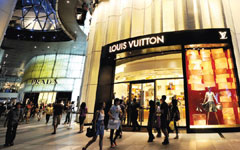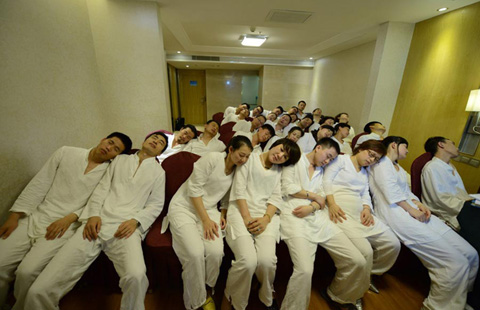High-end brands shift strategy from luxury to quality
By Xie Yu and Wang Zhuoqiong (China Daily) Updated: 2014-05-28 06:56In China, nearly 70 percent of women are working outside the home, much higher than the 53 percent of the global average, encouraging more fashion houses to design for Chinese women.
French luxury fashion house Celine SA has not been too affected by the slowdown. Most of its customers are professional women or women with an active life. "Chinese women have very strong personalities, and normally they buy for themselves, not to give as gifts," said Marco Gobbetti, chief executive officer at Celine SA, which is part of the LVMH Group of international fashion companies.
|
 |
|
 |
With 20 stores in China so far, Celine is concentrating on improving and expanding existing stores rather than opening new ones. Though it did open one in Chengdu, Sichuan province in western China, in April, and a flagship store will open at Plaza 66 in Shanghai later this year.
Gobbetti is confident in China's market potential as the pace of growth is already picking up. "We are optimistic," he said.
Major fashion brands have been focusing on China's first-tier cities: Beijing, Shanghai, Guangzhou and Shen-zhen. But now many are expanding to China's second-and third-tier cities-which McKinsey Global Institute predicts will be home to 45 percent of China's middle-class and high-income earners by 2022.
Of its 47 stores on the Chinese mainland, Louis Vuitton has already opened 36 in smaller cities.
Zhou said China is entering a new phase of luxury consumption. Consumers are pursuing either super high-end goods or affordable luxury with fashion or customized elements.
- Lamborghini Gallery Held in Hong Kong, China
- Power supplier will seek private capital
- UnionPay to spend $32m on online payment
- Batman fan opens door to his Batmobile
- Top 10 most innovative companies
- Rail routes to fuel exports growth
- Consumers remain confident in first quarter
- High-end brands shift strategy from luxury to quality
















